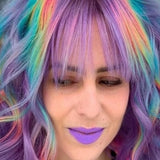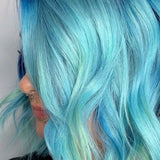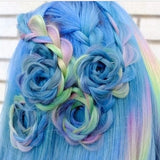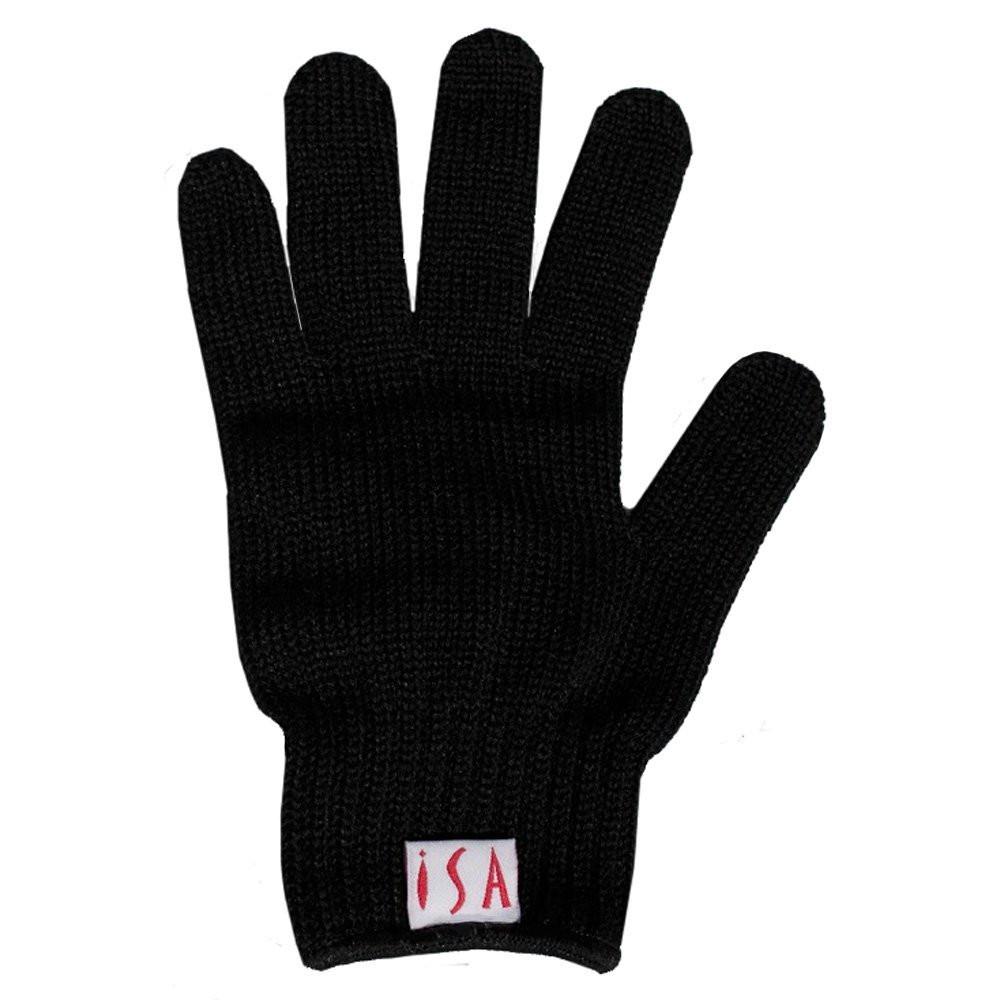Beauty Product Safety: Keep Your Looks Healthy With Safe Beauty Practices
Brush Up On Your Beauty Product Knowledge With These Three Safety Tips

Do you know when your beauty products expire? If you’re wondering what in the world we’re talking about, you’re not alone - the majority of folks don’t even think to check their shampoo or skin cream or mascara for expiration dates. However, these products can expire and eventually either not work or become dangerous to the user.
For a fresh start this New Year, don’t do a fad diet or too-ambitious exercise regimen - go through your cosmetics and beauty products drawer and clean them out! Clean out your shower, and check the dates on all those bath bombs. In fact, do a health check overall on your beauty routines, and make sure you know what you’re putting on your body and when your goods expire. Your hair and skin will thank you.
Here are our top 3 tips for cleansing your beauty routine:
Read The Directions

When’s the last time that you read the directions on a product like shampoo or bath oil or mascara? For those poor unfortunate souls who dyed themselves pink a few years ago, the answer was probably “read the what now?” It’s important to understand how to use your products, and not just so you avoid discolored skin - the directions tell you how often to use a product, what to do if you get it in your eyes, and more.
For example, did you know you’re not supposed to exfoliate every day? It can lead to irritated and damaged skin if you exfoliate too often.
Pay Attention To Expiration Dates

It may seem strange that products meant to clean our bodies can go bad, but they can and they do. The same goes for makeup - even those which don’t include organic matter. Pretty much everything has an expiration date, even Twinkies. And when our beauty products go bad, they can go from the best thing ever to the worst: not working, causing breakouts, or giving you chemical burns or bacterial infections.
Check your product labels for the Period After Opening (PAO) illustration of a little jar with the lid off - inside this icon or alongside it, you should see a number and a letter. This tells you the length of time the product remains good after it’s been opened - for example, a foundation labeled “18M” would be good for use for a period of 18 months after you open it.
Not all products will have an expiration date listed, but this doesn’t mean they won’t expire. It just means the companies aren’t legally required to advertise when they might go off. In these cases, you should use the same skills you use to tell when food goes bad: pay attention to the physical state of your products and their smell. If the smell goes off, the consistency changes, or the ingredients start to separate, get rid of the product and replace it.
For a more detailed look at various beauty product categories and their respective shelf lives, check out “Toss or Save: How to Know If Your Beauty Products Have Gone Bad” by Lindsay Tigar.
Watch Out For Toxic Ingredients

There is much we still don’t understand about how the human body reacts to certain substances - especially if those substances were created in a lab and haven’t necessarily had long-term studies done on them. Then there’s the fact that a substance that may be fine in micro-doses isn’t great when you use it day after day. Like sulfates in shampoo - these ingredients are what quickly turn your shampoo into lather after you add water, but extensive regular use may damage your hair and your cells. Parabens are a preservative and another common ingredient in most modern shampoos, but they can be absorbed into the body through the skin and could possibly disrupt your hormones by mimicking estrogen. Phthalates can be found in nail polish, body washes, and other products - they may also cause issues with the body's endocrine or reproductive systems, among others.
We may no longer use lead- and arsenic-based makeup, but that doesn’t automatically make the products we use every day good for us.
Educate yourself on the ingredients that go into your favorite cosmetics and beauty products; strive to make sure your favorite brands are acting ethically without testing on animals or selling you dangerous products. Get help on your quest from the resources maintained by the Environmental Working Group (EWG) and remember to read everything critically.
Don’t be afraid to experiment with alternative products outside the big manufacturers - just make sure you put as much research into their products as anyone else’s. “Natural” and “organic” aren’t safety guarantees, so you’ll need to check their ingredients as well to see if they back up their claims. There are some great options out there in cleansers, hair and skin moisturizers, lip tints, and more that’ll help you look your best with minimal chemical exposure.
What’s your favorite natural ingredient in your beauty routine? Tell us in the comments!





